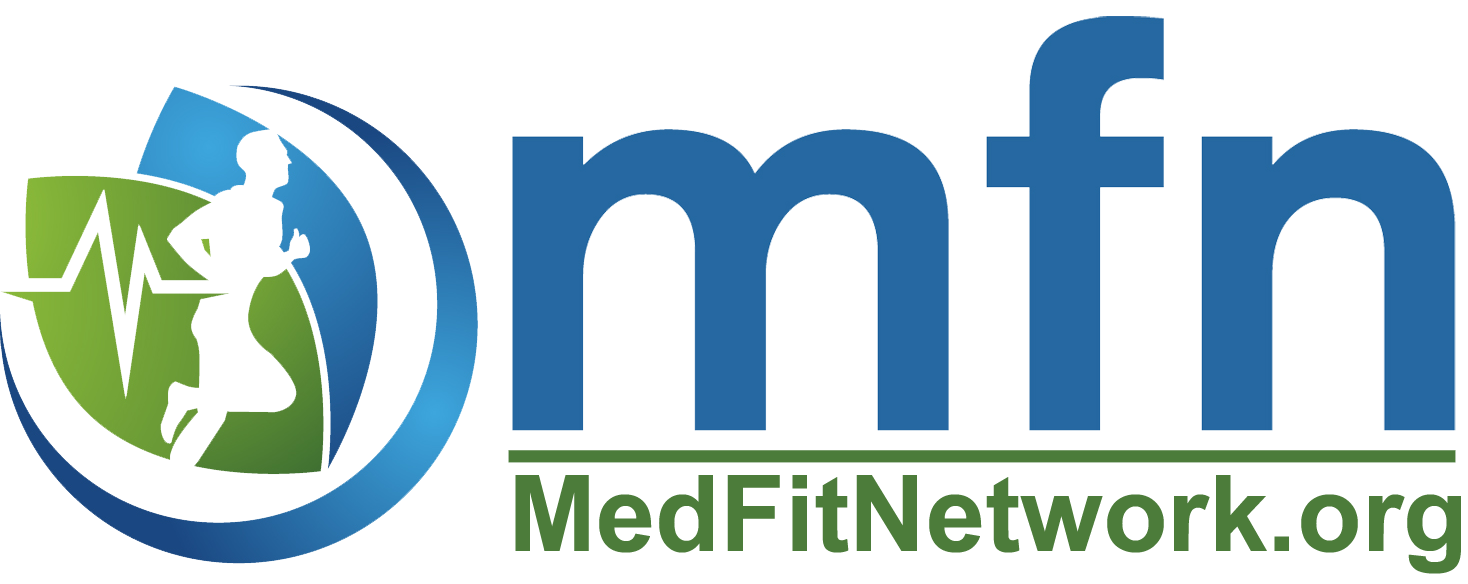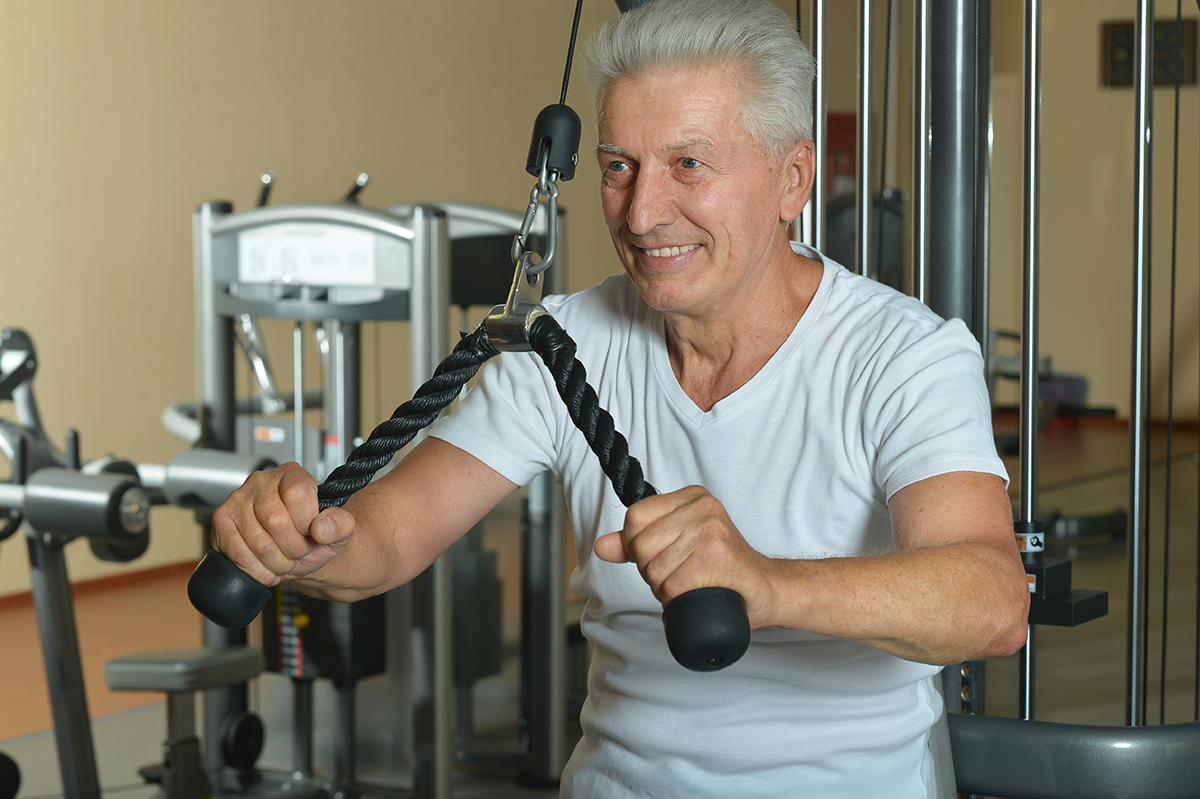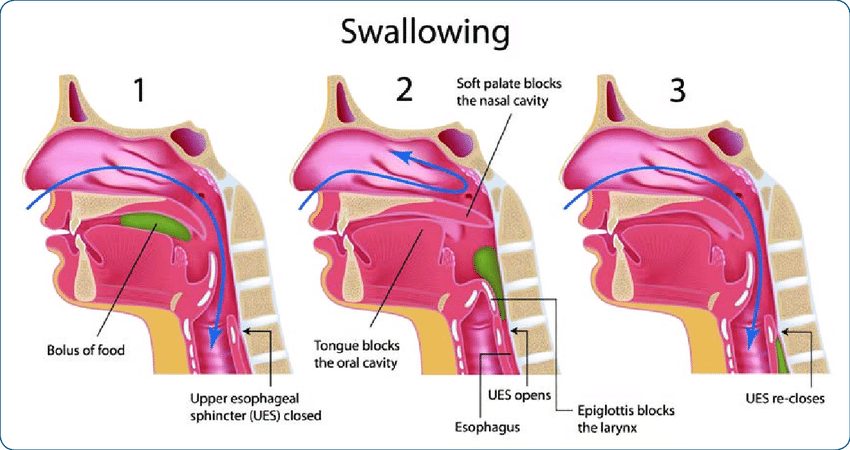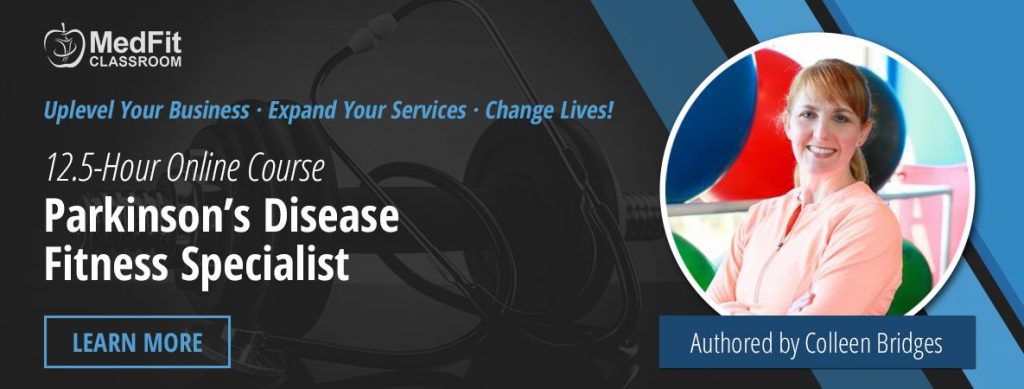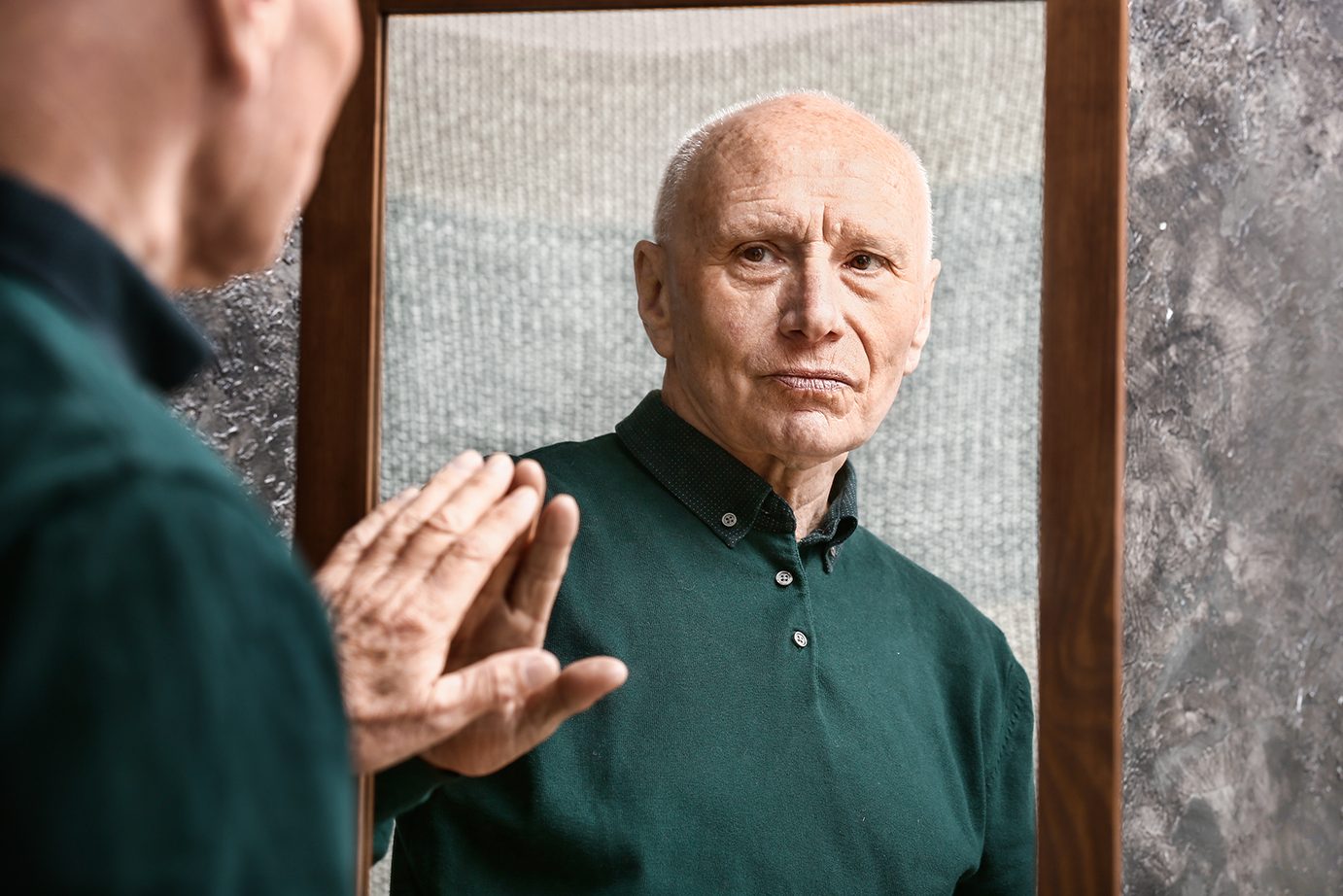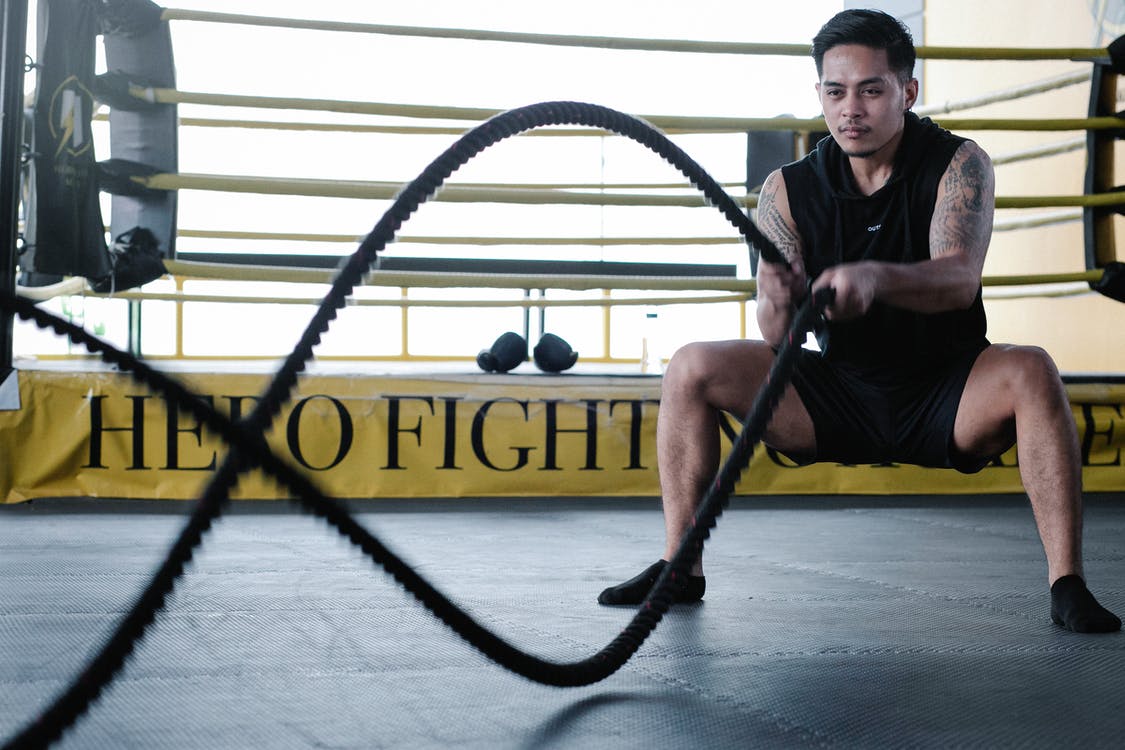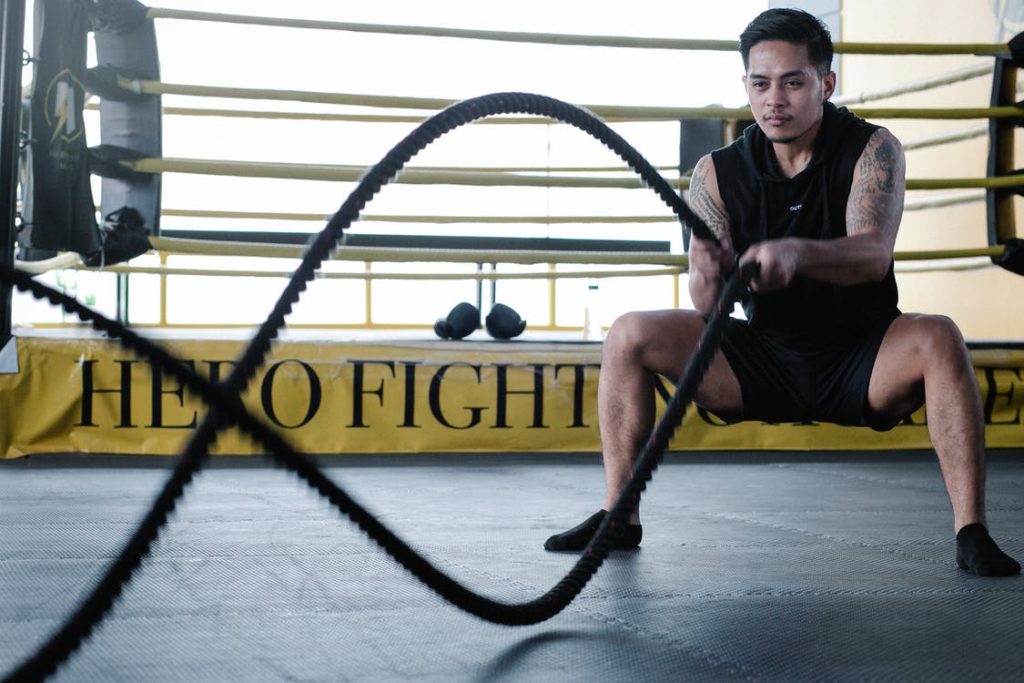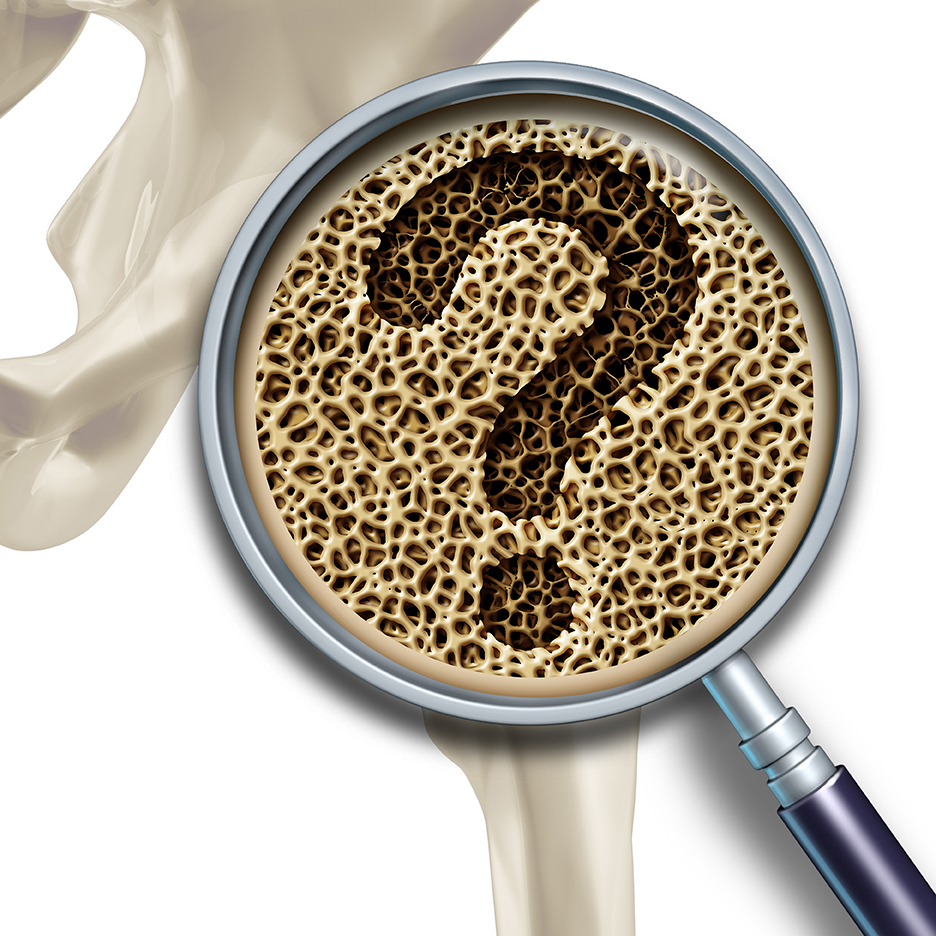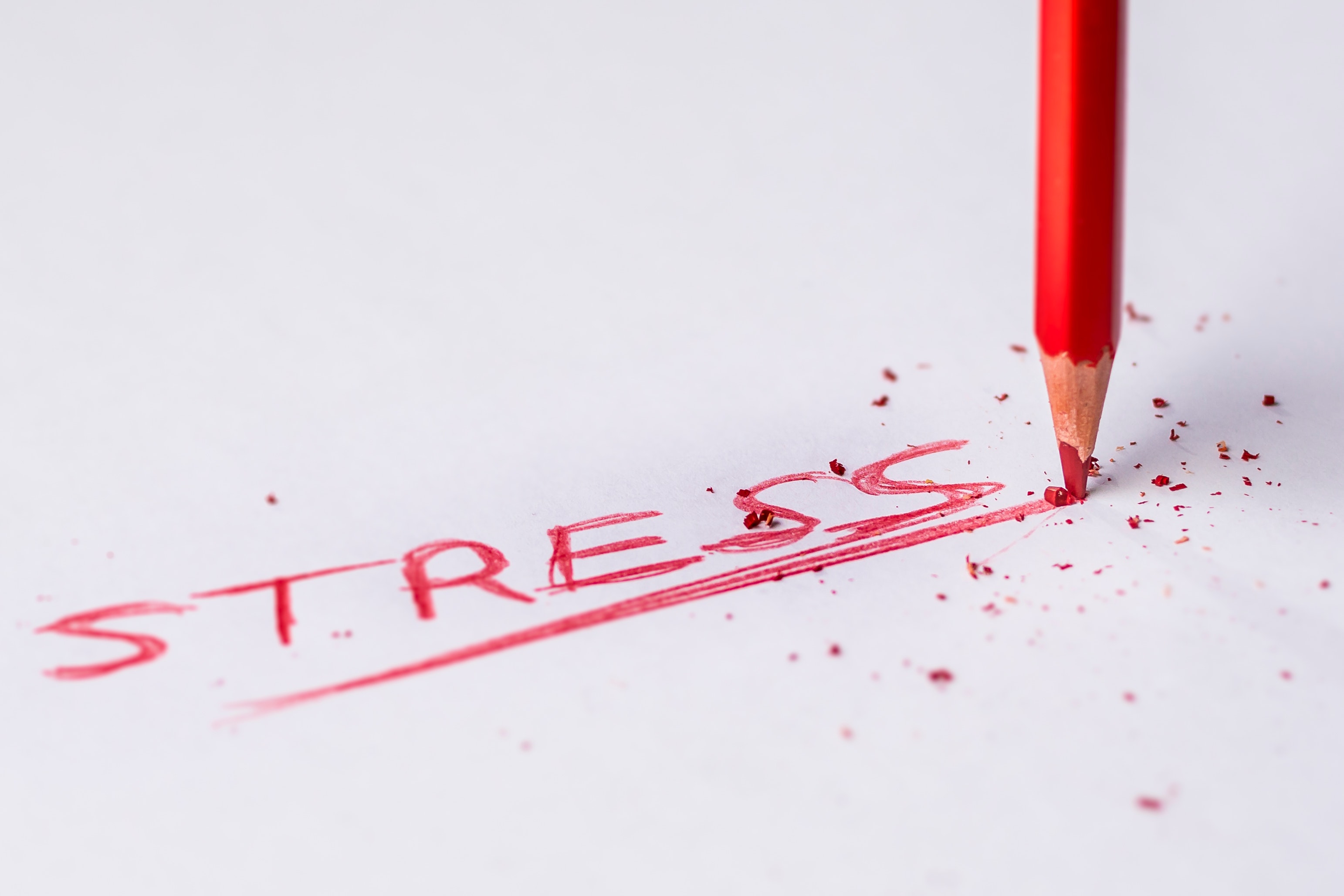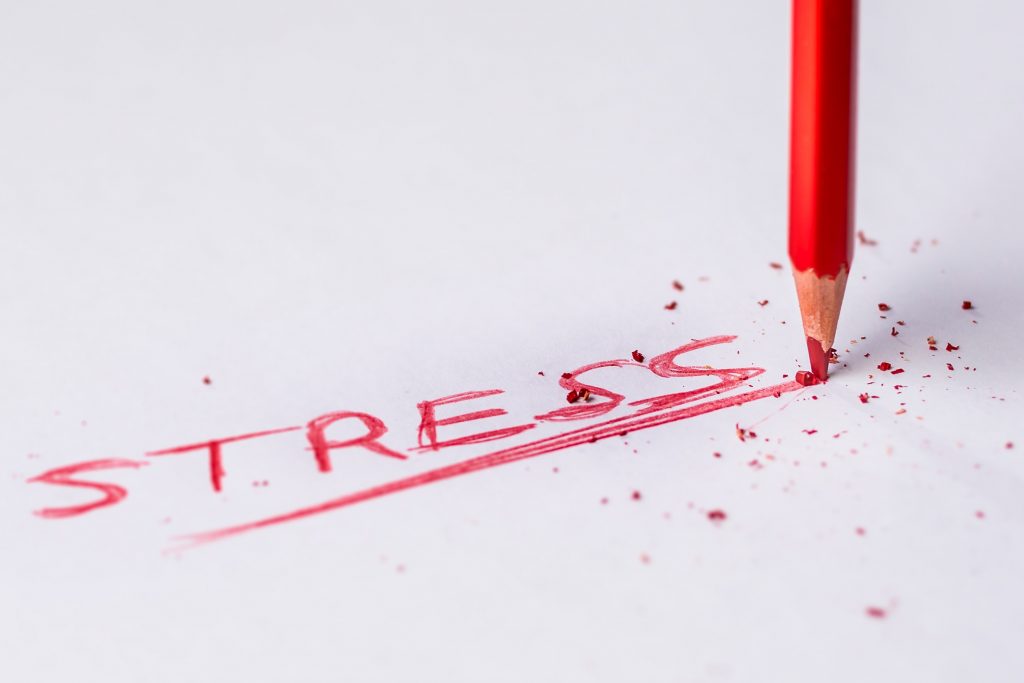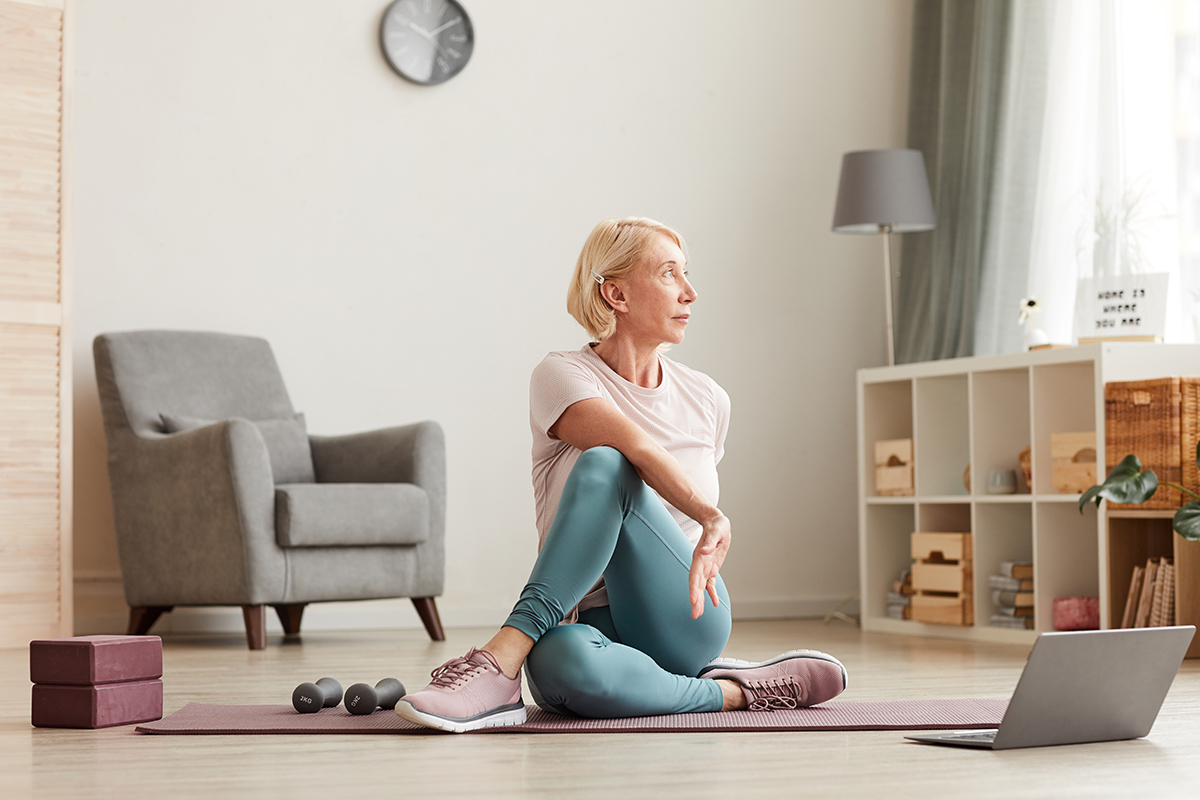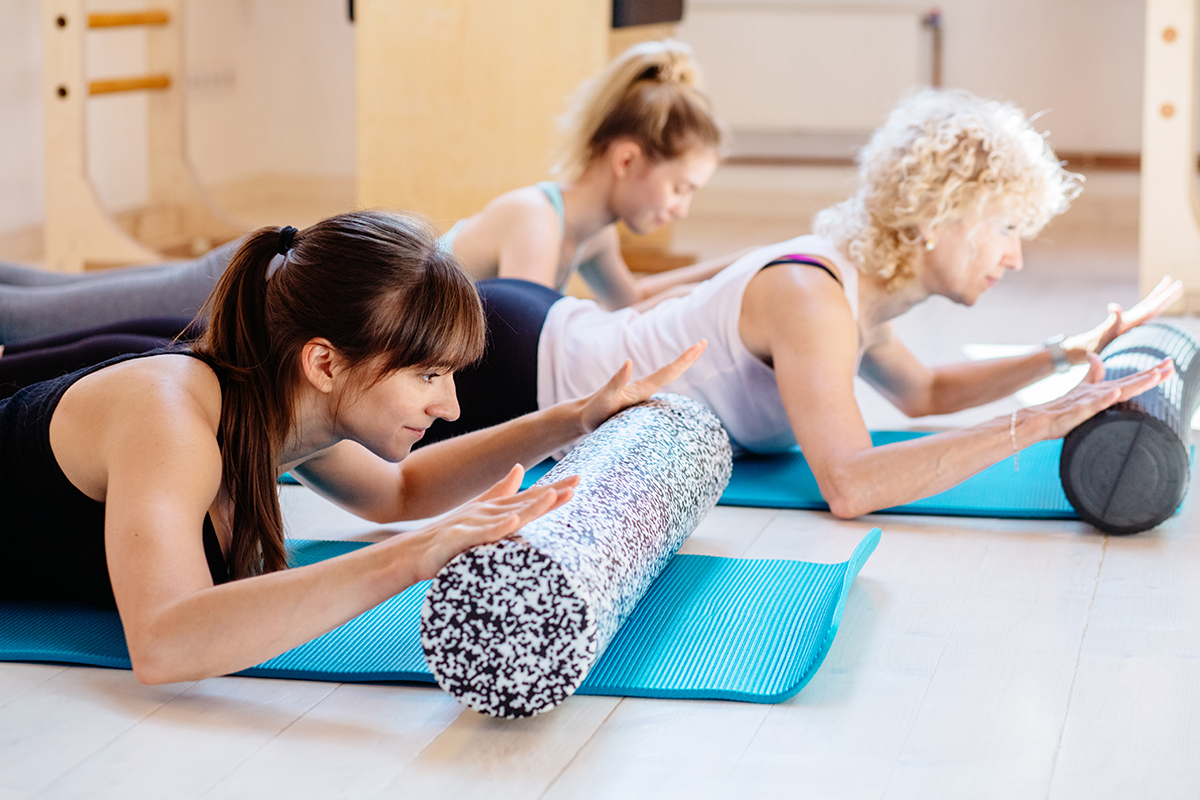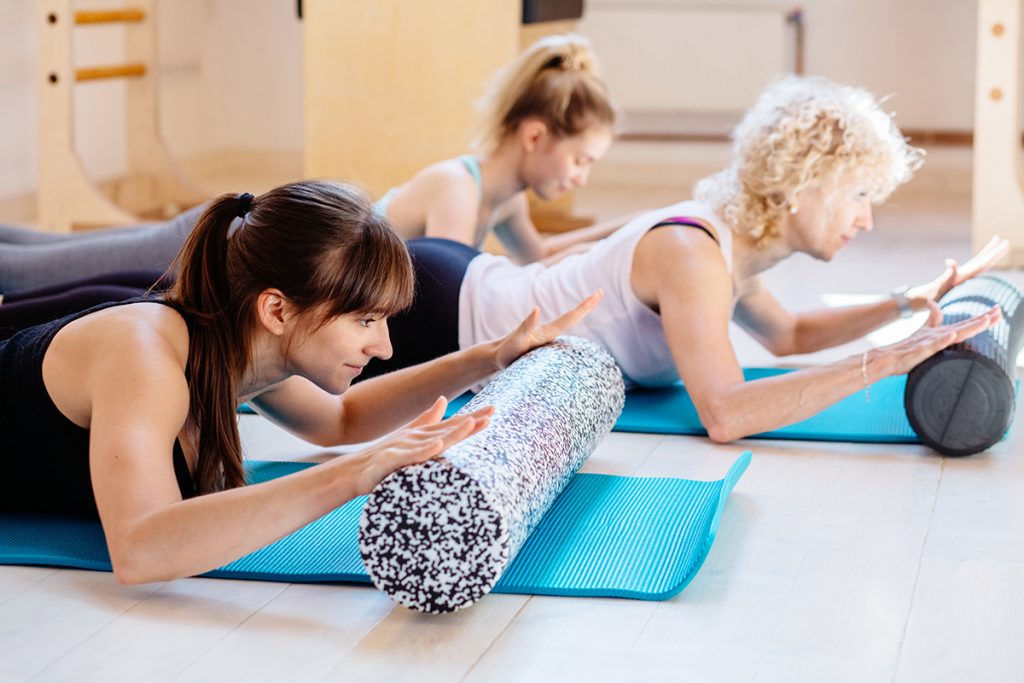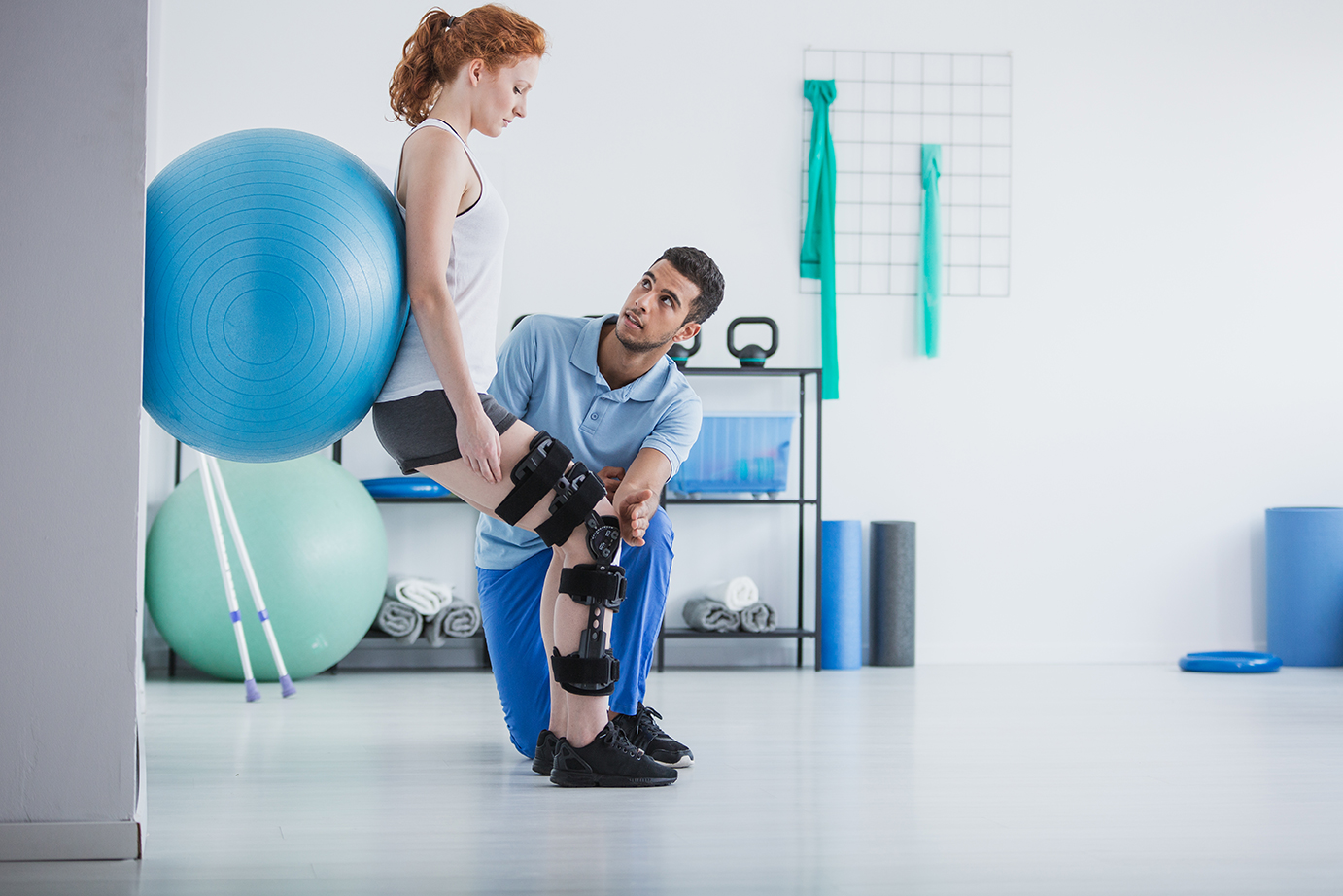Fight Muscle Loss Now!
When you think of a typical older person, one thing likely comes to mind: frailty. Even if you can’t really identify any obvious illness, there is something about most elderly people that communicates frailty and weakness. They probably walk slowly, move carefully and let others do many things for them, rather than doing those things themselves.
What is it?
It’s muscle loss, otherwise known as sarcopenia. And if you are 25 years old or older, it is happening to you already. But you don’t have to take it sitting down. (Pun intended.)
What is sarcopenia?
Sarcopenia refers to the process of losing skeletal muscle mass and strength. “Sarco” is the Greek word referring to flesh, and “penia” means a reduction in amount. Thus, the word describes a progressive weakening of the body caused by a “change in body compensation in favor of fat and at the expense of muscle.” (1)
Everyone, beginning around age 25, starts to lose muscle mass, though the actual symptoms of this loss do not usually begin showing up until around the age of 40 or so. The process begins really picking up speed after the age of 65. In fact, around the age of 40, most women will lose almost a half-pound of muscle every year and replace it with fat. (2)
The result of this gradual loss of muscle is an insidious weakening of the body, loss of balance, loss of confidence upon walking, and a reduced ability to recover from near falls. As we lose strength, we become more inactive. This makes sense, because if we have less muscle, it takes much more effort to move, and we fatigue more easily. But also, with loss of strength comes loss of balance and stability. The fear of falling keeps many people sedentary. And a sedentary lifestyle opens the door for chronic illness.
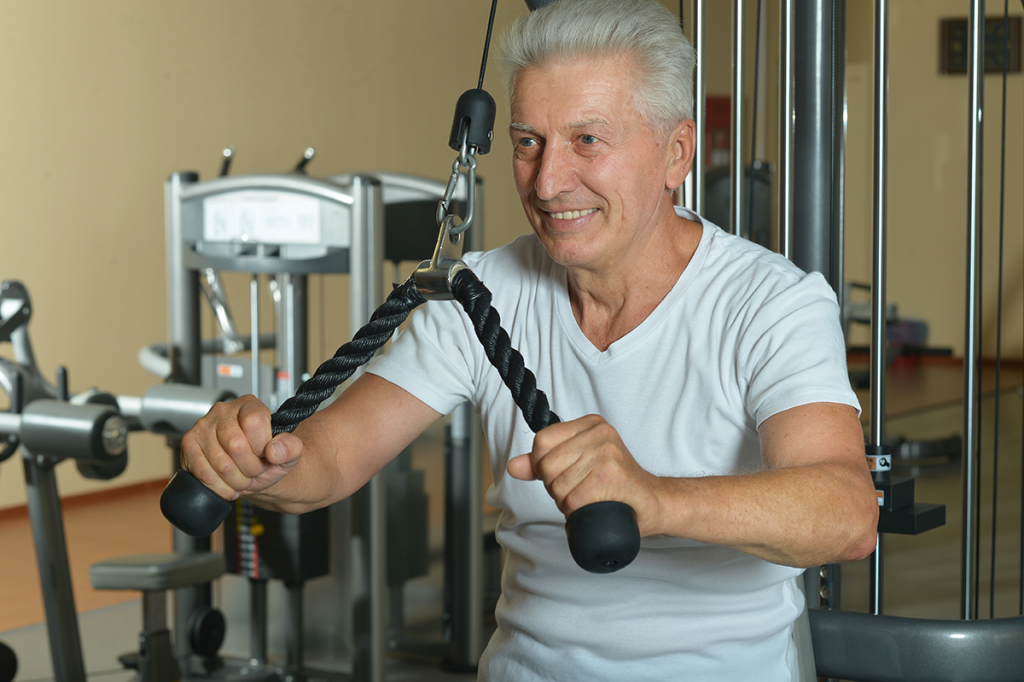
Take back your muscle
And now for great news: you can delay sarcopenia and even reverse it. How? By lifting weights. Even though you cannot grow new muscles cells to replace the ones you have already lost, you can develop the ones that you have left. In fact, you can become stronger than you ever have in your life by simply beginning a strength training program.
No matter how old you are, it is not too late to start. Even patients in nursing homes have seen transformation. After strength training, bedridden patients were able to begin walking with walkers, walker-dependent patients graduated to canes, and so on. (3)
And no matter how young you are, it is not too early to start! By starting early, you can significantly delay the effects of sarcopenia.
As you begin lifting weights, you will notice a transformation in your body. You will have more energy, you will perform everyday tasks with noticeably more ease and your clothes will begin sagging on you, because you will be building muscle and burning up the fat deposits. You will have greater balance and more confidence.
And perhaps best of all is the insurance policy you pay premiums on every time you choose to lift, because you are laying a strong, solid foundation for your later years. You are laying up health, independence and the ability to live well, not just long.
Don’t let another day go by that you are losing muscle. Fight muscle loss now. Take it back, and get ready to feel better than you ever have!
Maurice D. Williams is a personal trainer and owner of Move Well Fitness and Assistant Professor of Health & Human Performance at Freed-Hardeman University. With almost two decades in the industry, he’s worked with a wide range of clients, including those with health challenges like diabetes, osteoporosis, multiple sclerosis, hypertension, coronary artery disease, lower back pain, pulmonary issues, and pregnancy.
References
- Biomarkers by William Evans Ph.D. and Irwin Rosenberg M.D. Page 23.
- Strong Women Stay Young by Miriam E. Nelson Ph.D. Page 22.
- Younger Next Year for Women by Chris Crowley and Harry S. Lodge M.D. Page 178
